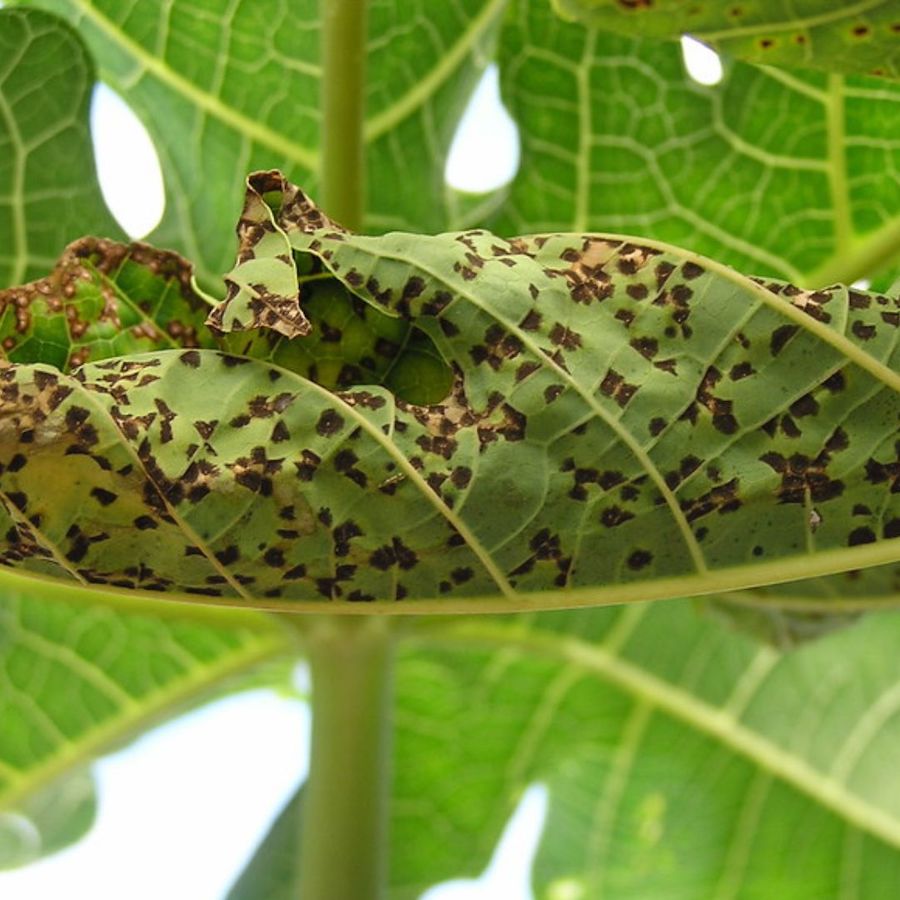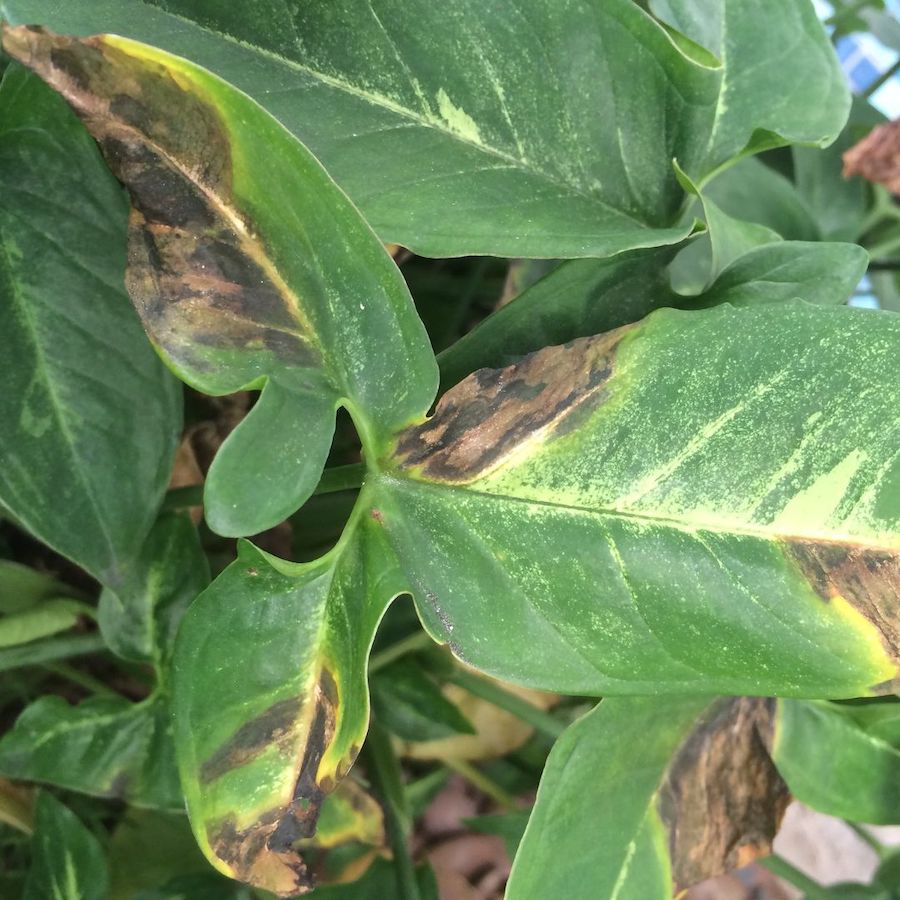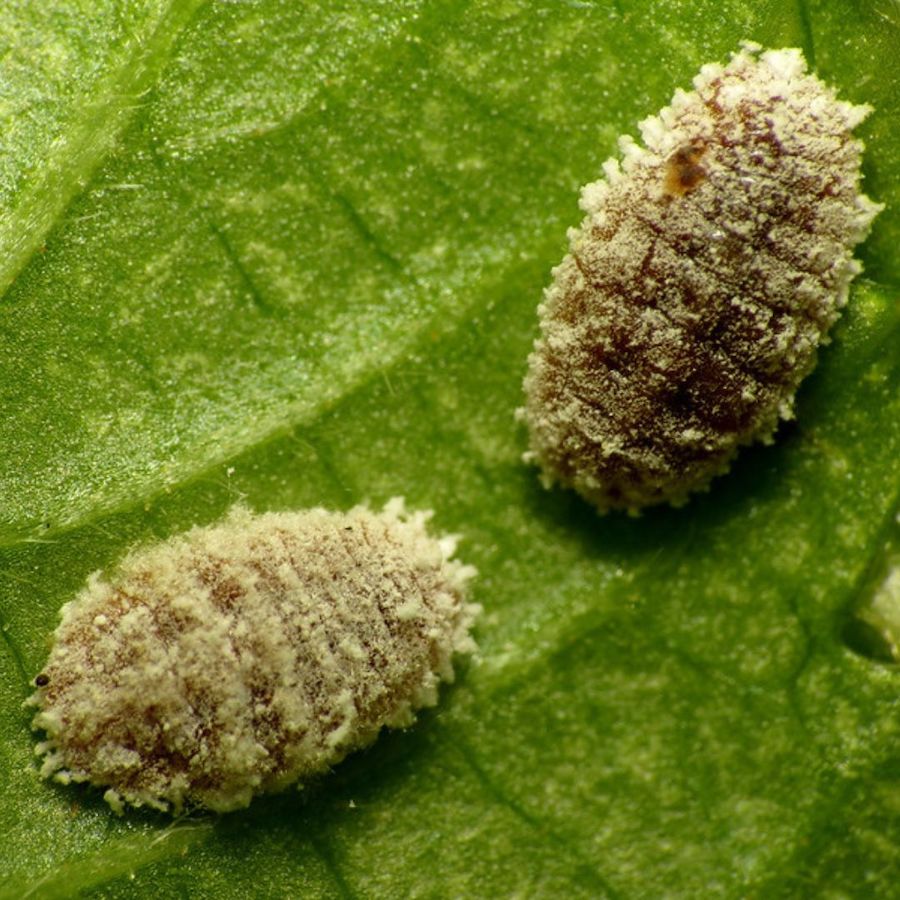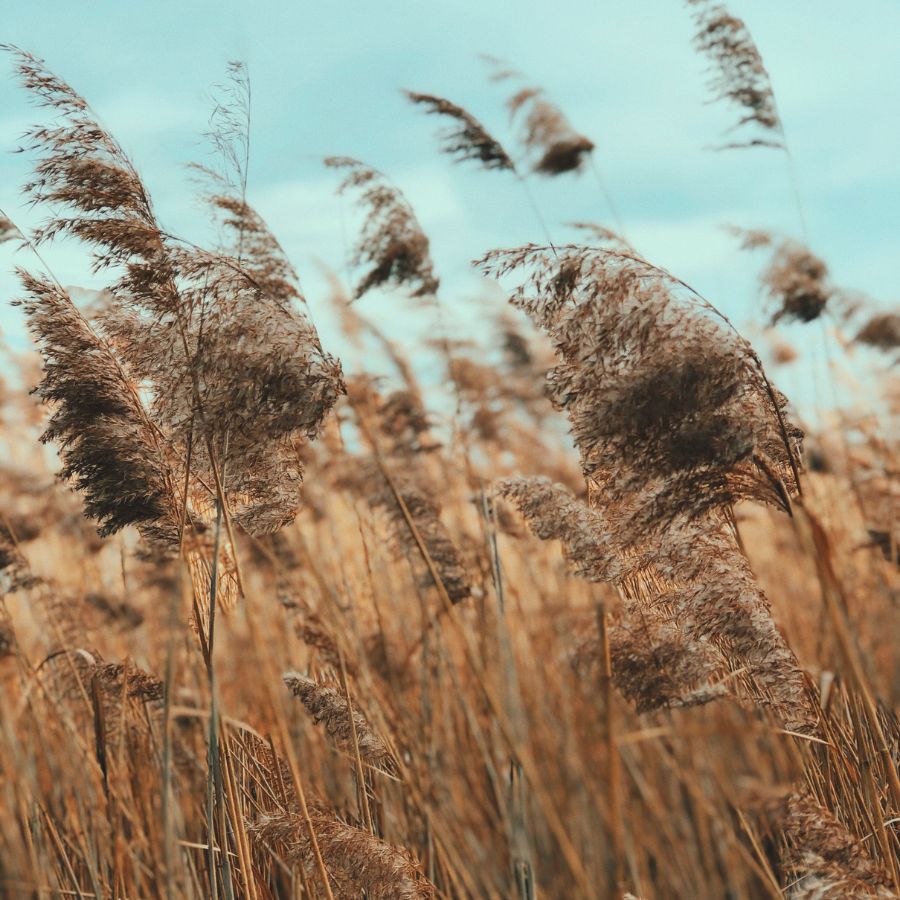DIY Pantry Remedies for Fungus, Bacteria, Insects & Pests, Fertilizer, and Weed killer
Reduce the Chemicals Used in Your Gardening
When you’re asking the questions, ‘What is wrong with my plant?’, it could be a number of things and you’re left with detecting what the issue is and how to fix it. In most cases there are chemical compounds that can be used to help remedy these issues, but if you’re interested in reducing the chemicals used in gardening there are alternative routes to take.
Homemade Remedies to Treat Fungal Diseases
Fungus can be a pretty big threat to plant health, and these microorganisms cause about 2/3 of infectious plant diseases. Powdery mildew, root rot, and blight are just a few plant diseases that can be devastating to a garden. Since commercial fungicides can contain toxic chemicals, here are some natural solutions that require just a few household items.
You can also learn more about the different fugal diseases here.
Baking Soda Mixture
Mix one tablespoon baking soda, one tablespoon vegetable oil and a couple of drops of natural, biodegradable soap in a gallon of water. Pour into a sprayer and thoroughly spray infected plants, including the undersides of leaves. It’s best to apply this solution at dusk because direct sunlight might burn the treated leaves.
Apple Cider Vinegar
Traditionally, vinegar has been an effective household cleaner and deodorizer, and diluted solutions can even be used to fight plant fungus. To create the solution, mix two tablespoons of apple cider vinegar with two quarts of a water in a spray bottle. Thoroughly spray the plant in the evening to avoid burns from direct sunlight.

Homemade Remedies to Treat Bacterial Diseases
While not as common as fungal diseases, plant problems caused by bacteria can also be severely damaging to your garden. These diseases include wilt, leaf spot, and black rot. Depending on the disease, it may be best to remove damaged leaves before applying these homemade remedies.
You can learn more about bacterial plant diseases here.

Tea Tree Oil Spray
Tea tree oil is a great natural antimicrobial that can be used to treat bacterial problems. Mix two tablespoons of tea tree oil in one gallon of water, and fill spray bottle. Spray the infected plant and any surrounding plants, including the undersides of leaves. If you don’t need an entire gallon of solution, you can add 10 to 15 drops of tea tree oil to a 32 oz spray bottle filled with water.
Garlic Spray
Garlic works well against bacteria and fungus. Puree two cloves of garlic for about a minute, then slowly add 1 quart of water and blend for about six minutes. Strain into a storage container and add one teaspoon of biodegradable liquid soap. When you’re ready to use, mix one part garlic mixture to 10 parts water in a spray bottle. Spray plants thoroughly in the evening, every 3 days, until the problem is resolved.
Natural Insect and Pest Repellents
Every gardener is familiar with insects and pests that love to feast on their plants. This can be very frustrating, since these creatures can cause a lot of damage in just a few minutes. Commercial insecticides are full of toxic chemicals, so here are some natural solutions to try.
You can learn more about plant pests here.
Neem Oil Spray
Neem oil is a very good natural insecticide, and its strong smell makes it a good insect repellant. It can also be effective as a fungicide to treat black spot and mildew.
Mix two tablespoons of neem oil with one gallon of water. If you don’t need an entire gallon, mix 10 to 15 drops in a 32 oz spray bottle filled with water. Spray all plants thoroughly, including underside of leaves. To use this as a preventative, spray the solution onto plants every couple of weeks.
Coffee Grounds
Used coffee grounds make a great pest repellant and a good fertilizer for soil. Just save your used coffee grounds in an airtight container, and when you’ve saved a few cups, spread the coffee grounds on top of the soil and all over gopher and other burrowing animal holes.

Non-toxic Weed Killer
Household white vinegar makes for a great natural, non-toxic weed killer that won’t contaminate the groundwater supply. Spray full strength vinegar directly onto the weeds, avoiding nearby plants. It’s best to do this during the hottest part of the day, under direct sunlight, so that you burn the weeds. This may need a few treatments to kill the weed roots.
Homemade Fertilizer

Eggshells
Compost can take as long as six months to become usable as fertilizer, but you can use eggshells right away. Just wash eggshells and grind them to a breadcrumb consistency. Mix them into the soil around the plant, and water as usual. This can be very beneficial to tomatoes when they are transplanted.
Epsom Salts
Epsom salts are a great source of nutrients for flowering plants. They contain magnesium, which helps plants utilize phosphorus and nitrogen in the soil. To create this flower food, mix two tablespoons of Epsom salts and one cup unsweetened apple juice in one gallon of warm water. Water the soil around your flowering plants, then poke 3 to 4-inch-deep holes in a perimeter around the plants. Pour in your solution, which will absorb into the soil matrix.

